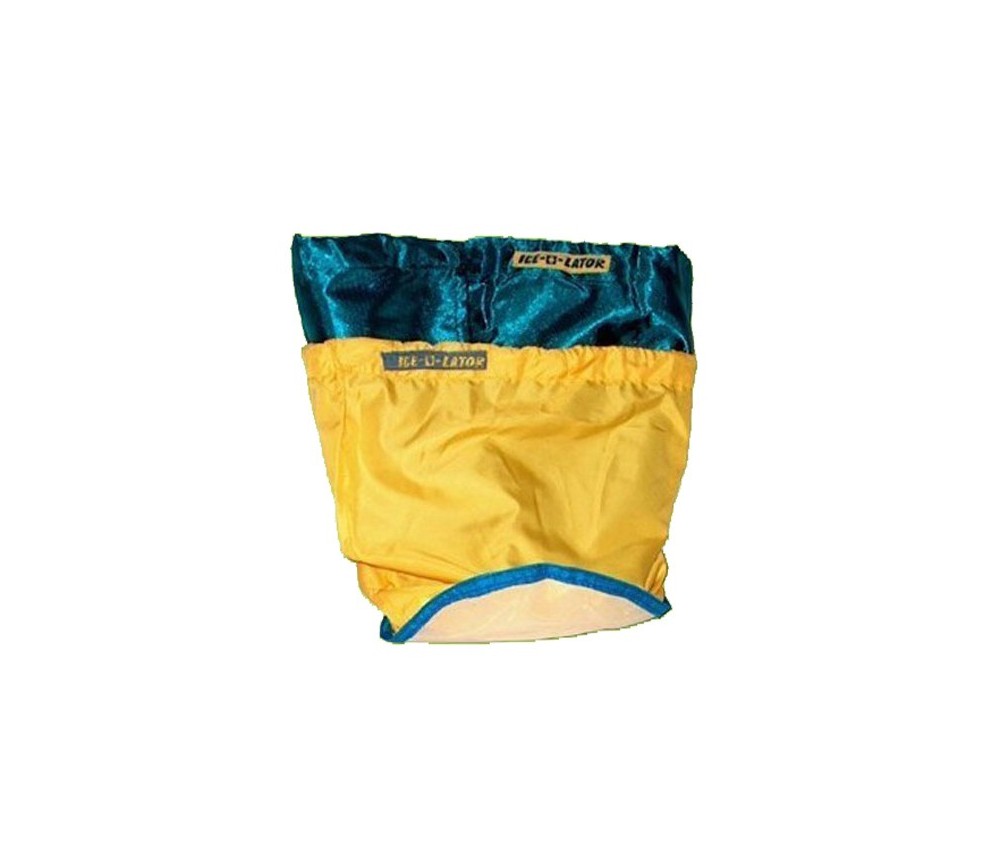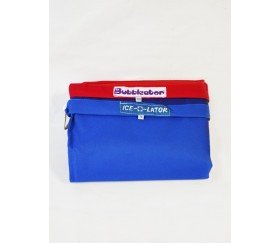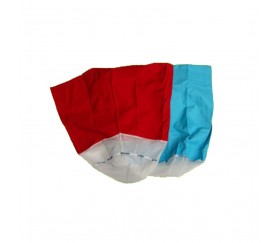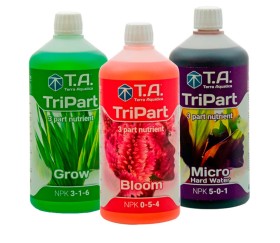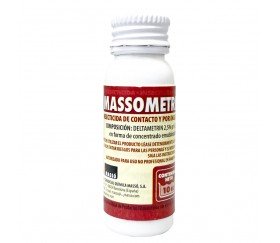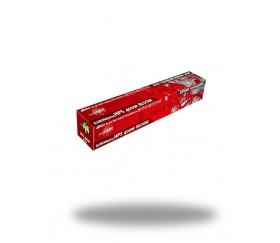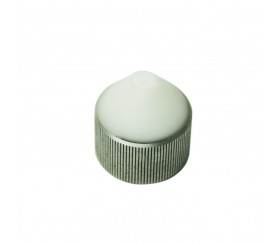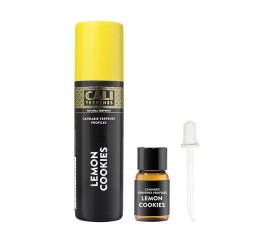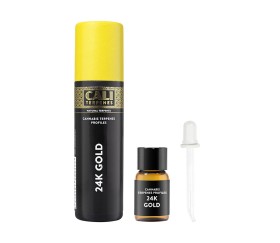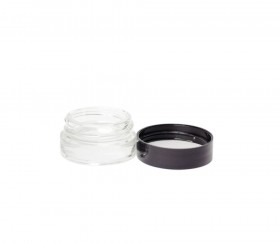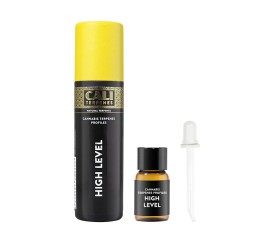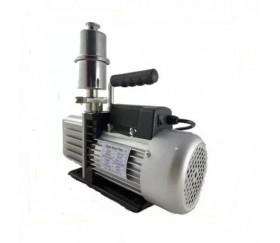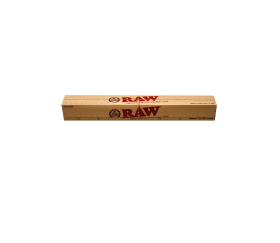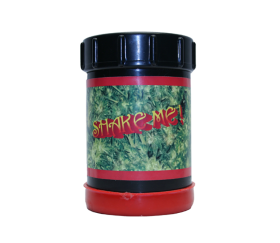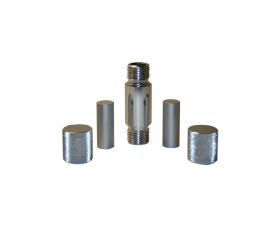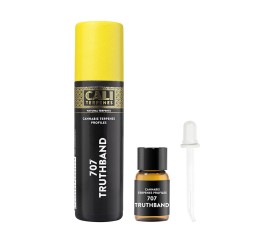2 185-45 micron extraction screens. Ideal for outdoor herb. Diameter of the screens is 80 cm, with a capacity of 1500gr. For a 190 liter water bucket.
Introduction:
The Ice-O-Lator is a pure and simple method of extraction using water and ice. The use of a double screen guarantees a very pure end product, with dust particles and plant waste left behind in the water.
The key to the process is the water's temperature, which must be exactly above zero degrees Celsius. Of course, the quantity and quality of the final product depends on what you put in. Use flowers, as big leaves do not have much resin in them. Also, make sure no hard branches are inside, they could damage the bags or block the blender.
You will need:
- 1 bucket of 190 liters
-1 kitchen blender or wooden spatula
- Absorbent kitchen paper.
- 5 kilos of ice.
Process:
1) Fill the bucket with ice and cold water, up to 15 cm. from the edge. Put the bags inside, starting with the finer screen, then the thicker one. Ensure there is no space between the bags and the bucket. The screens should hang straight down to create optimal space. Pull the screens onto the bucket's edge and pull the string tight.
2) Put the plant material in the Ice-O-Lator (If it's frozen, even better):
The resin needs enough room in the bag to fall. If the screen is too filled, it'll get blocked. Place the ice on top of the leaves to make sure the leaves stay under the surface.
3) Fill the bucket with water up to +/- 5 cm. below the edge and let the mass soak for 15 min. so it can cool down and moisturize well. The ideal temperature for the process is 3 to 5°C. (= 37,4 - 41°F.)
Make two holes in the bucket lid to fit the blender. After soaking, move the ice under the leaves, put the lid with the blender on the bucket and turn it on at minimum speed. Mix for 15 min. Stop the blender and open the lid. Gather all the plant material from the sides to the center. Leave the Iceolator off for 5 min to give time for the resin to sink. Then turn the blender back on again.
Repeat this process until all the leaves have been beaten, and are floating around the bucket. Normally, this will take you about an hour and a half.
4) When you have finished the process, remove the thicker screen with the leaves, and let the water drain. Be sure to work clean, preventing any crystals that have fallen through the first bag from sticking to the outside of the bag. Rinse them carefully with a little water and make sure they fall into the finer screen bag.
Now you can put the next load of plant material in. You can run it up to five times. Put the thicker screen in the bucket and repeat from the 2nd step.
5) Remove the finer screen and let the water drain. If the screen gets blocked, that's a good sign. Grab the bag with your hands and move it up and down, back and forth to move the resin mass from left to right and back. The water will find more room to fall.
Once the water is gone, the resin will be left on the screen. If it's visibly dirty (green color), rinse it carefully with cold water. The screen particles are because the resin is trapped in it. Put a thick layer of kitchen paper around it. Your weight will push out the water. The remaining water in the bucket contains all the soluble nutrients of the plant and is a perfect fertilizer.
6) Separate the resin from the screen, crumble them onto a smooth surface to dry. The Iceolator can be washed immediately after use with cold water. If the resin crystals have dried on the screen, use 96% alcohol to clean it.
The rest of the moisture must disappear from the resin immediately, or it will start to rot. The easiest way is by pressing it with your hand until you have a solid ball. Keep pressing and pushing, the water will become visible on your hands. If it's too sticky to continue working with, briefly freeze the resin to avoid it. Flatten the ball as much as possible to remove the final traces of moisture and put it in the freezer. As the water freezes, it'll expand in volume and appear on the surface of the resin mass. You just have to wipe it off.
When you press the resin, it'll break and the oil will come out. The mixture will turn dark. Only the resin from very fresh leaves or for example from 'white' plants will always remain clear. This is of a very special quality.
No customer questions for the moment.
Your Question has been successfully sent our team. Thanks for question!
